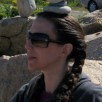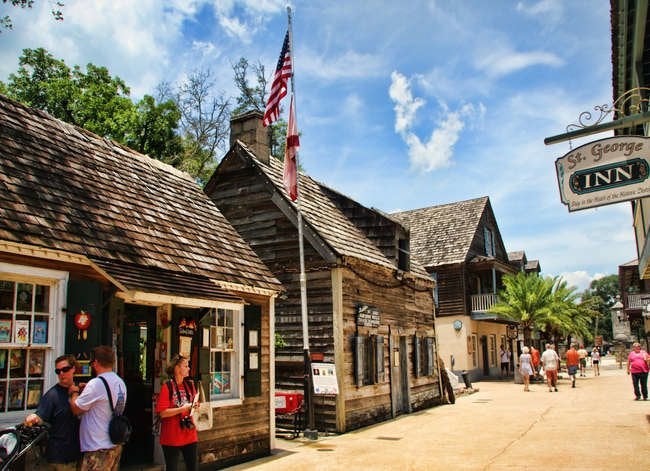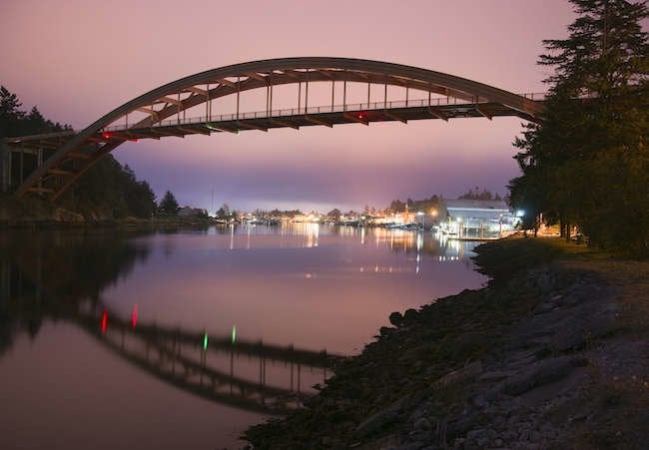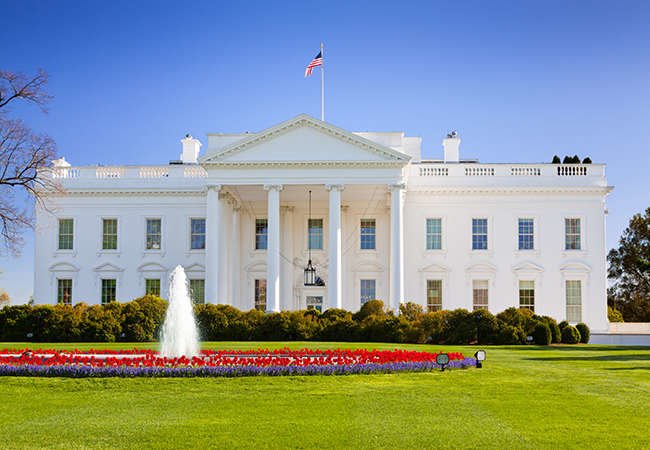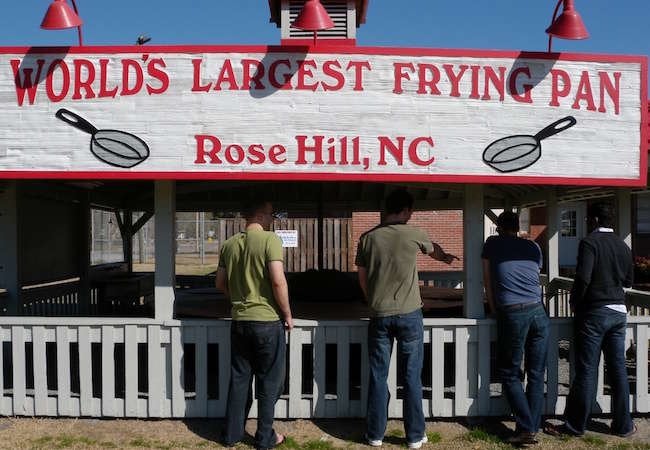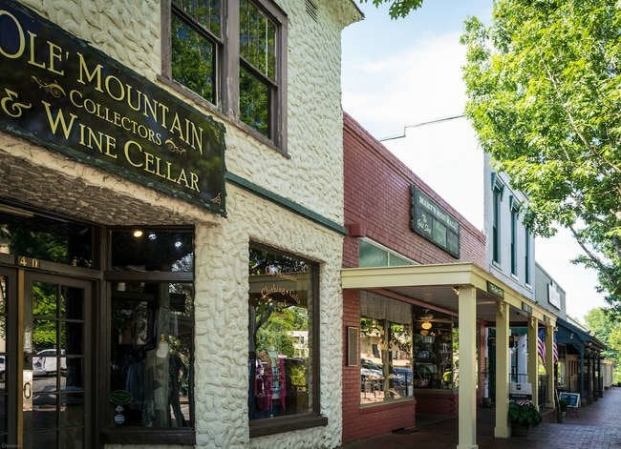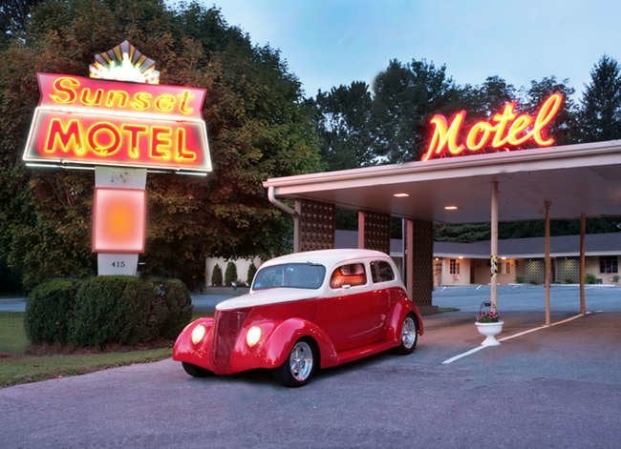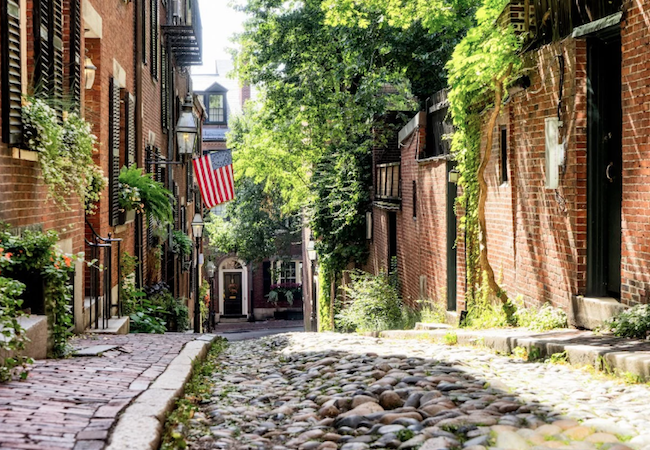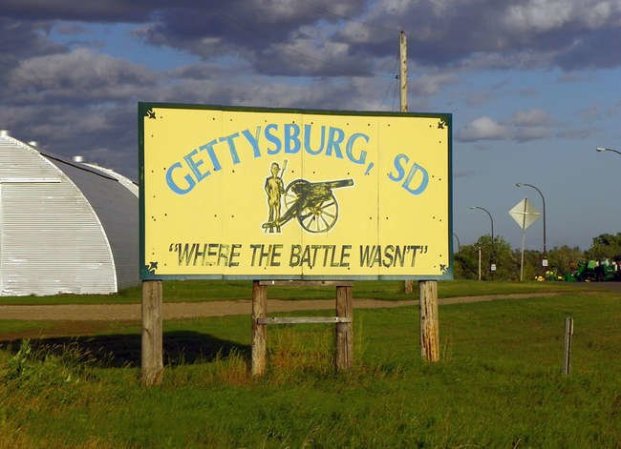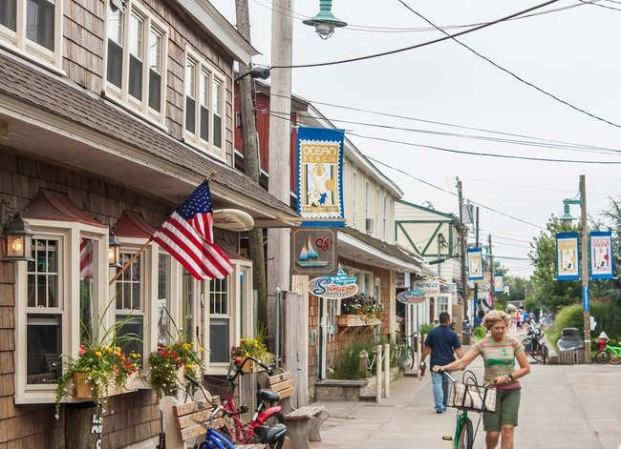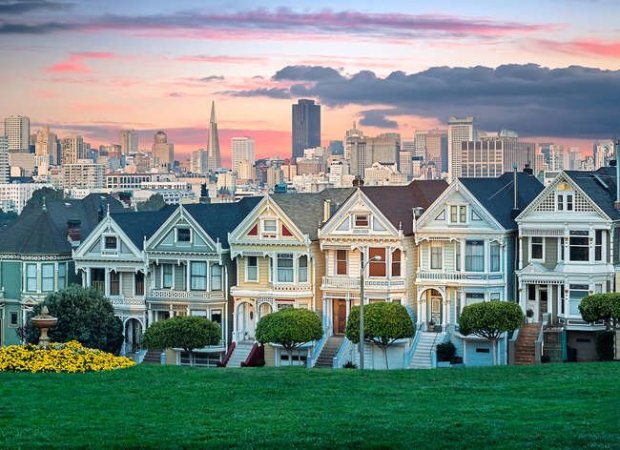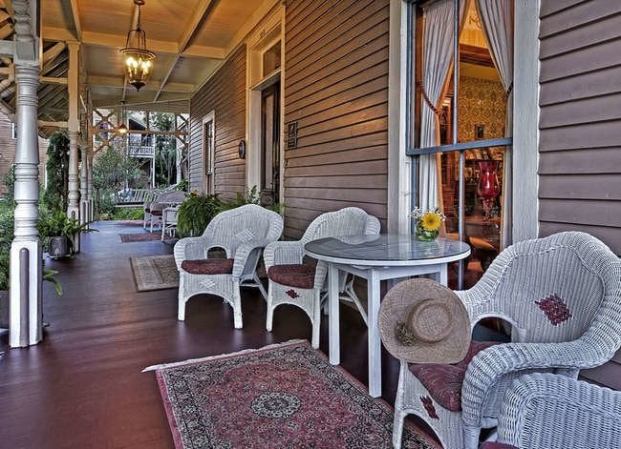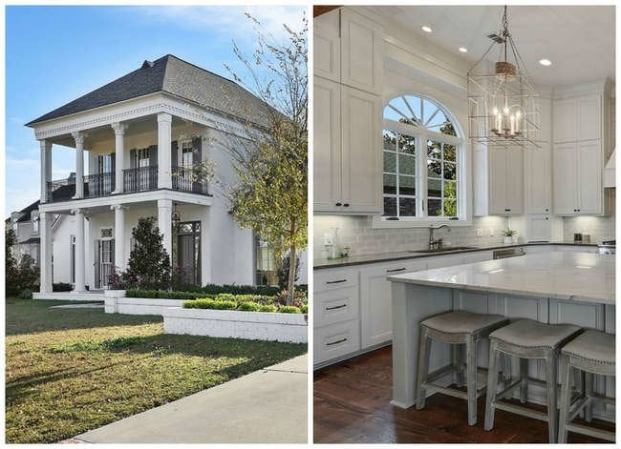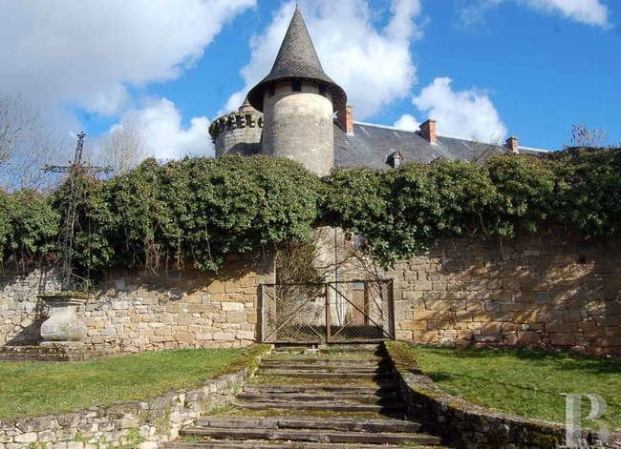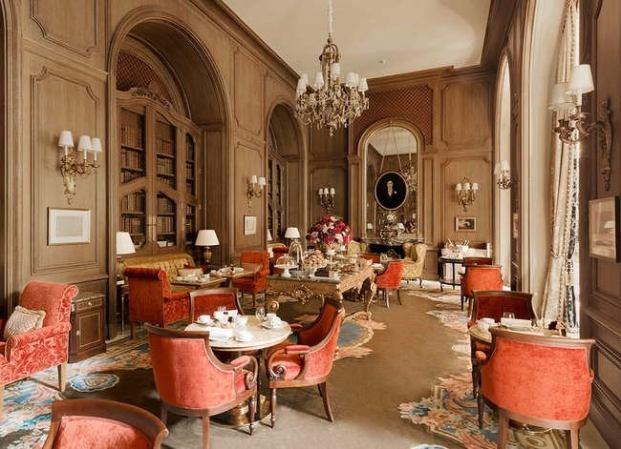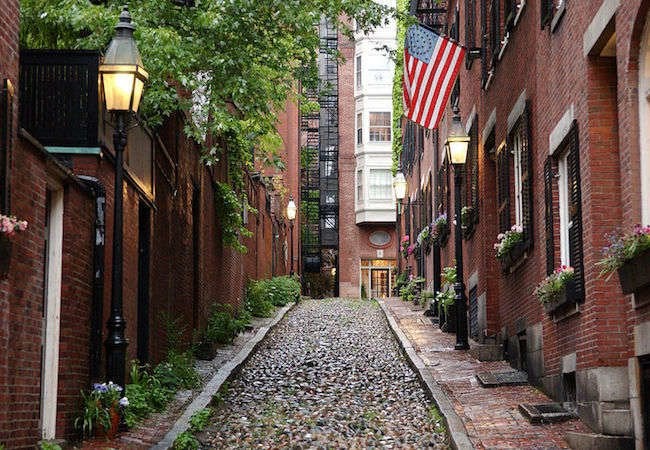We may earn revenue from the products available on this page and participate in affiliate programs. Learn More ›
St. Augustine, Florida (Then)
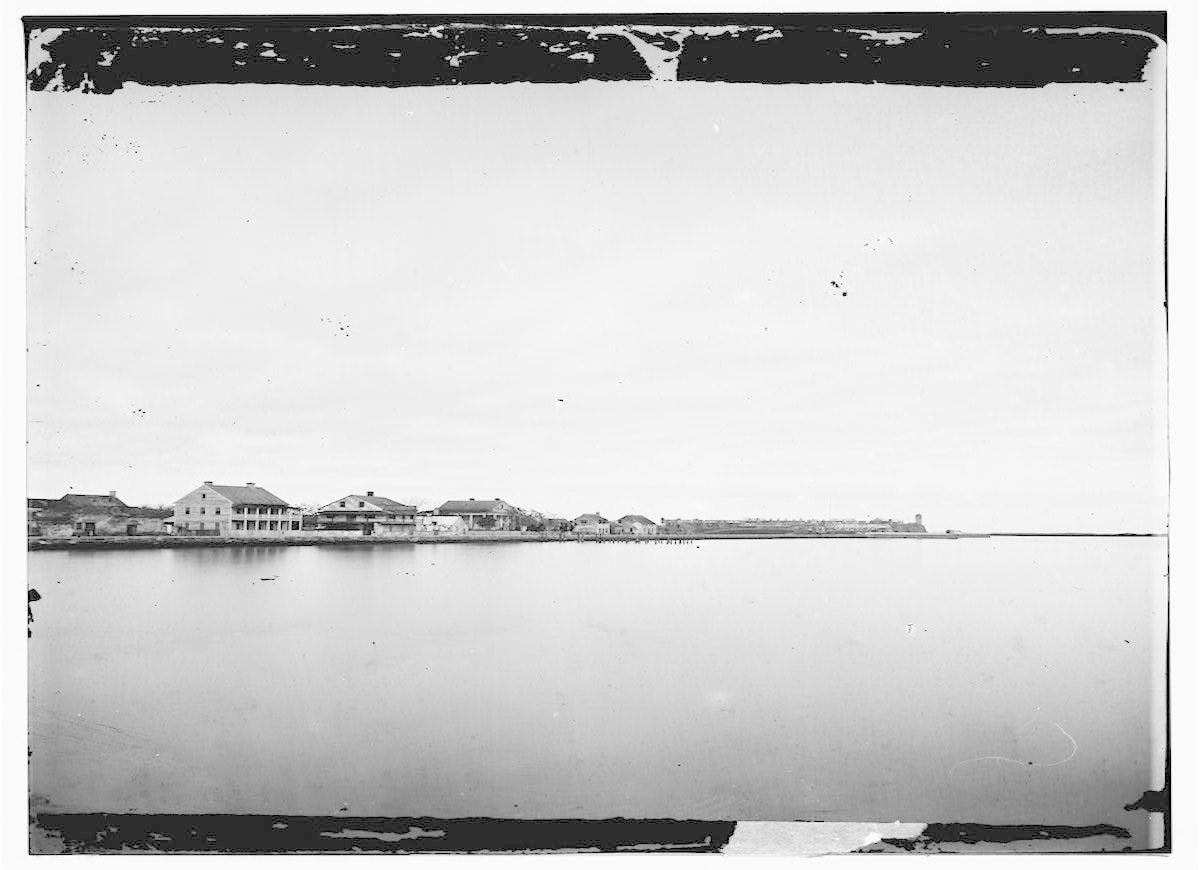
St. Augustine is the oldest city with European origins in continental America. The historic settlement, located along the Atlantic coast of northeastern Florida, was founded by Spanish conquistador Pedro Menéndez de Avilés in 1565.
Related: Would You Recognize These 9 Iconic Streets Way Back When?
St. Augustine, Florida (Now)
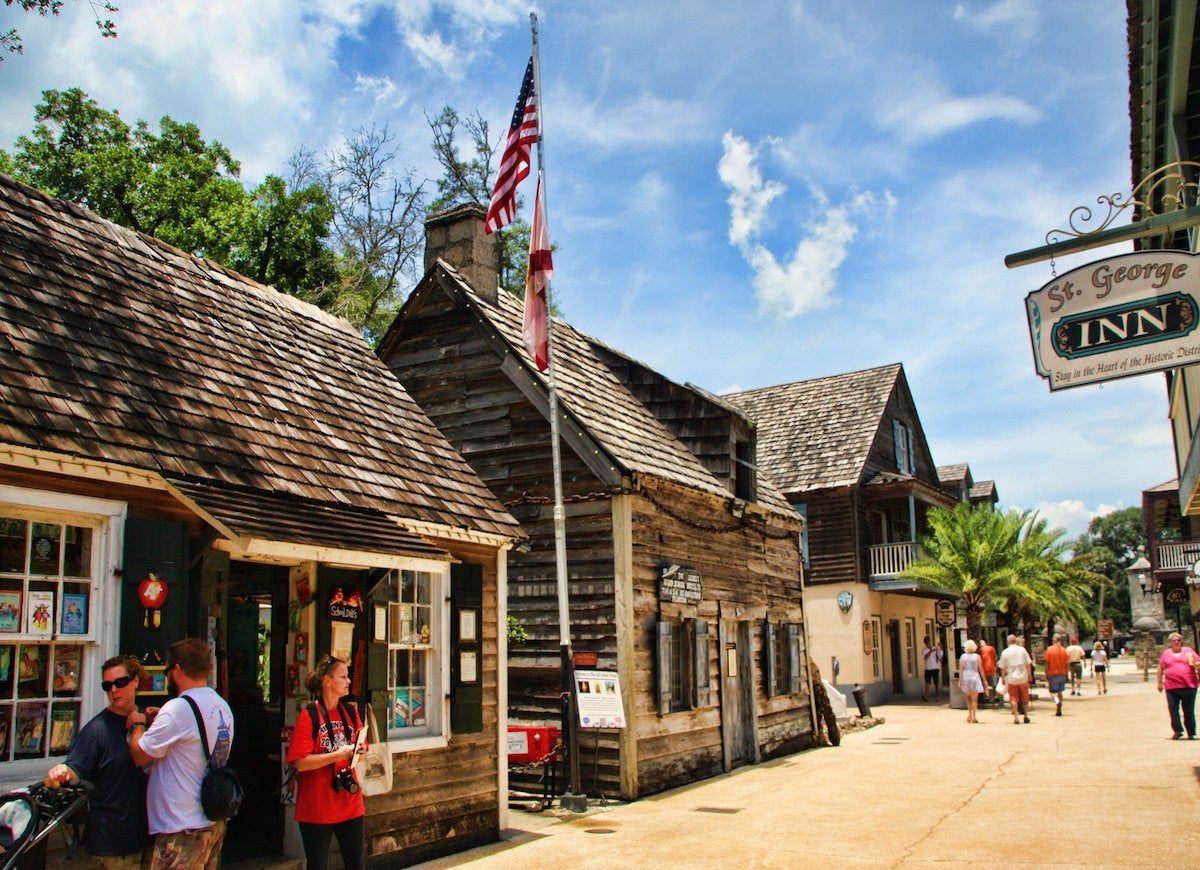
St. Augustine now has a bustling population of 14,000 people and manages to retain much of its old-world charm. Visitors can check out the Castillo de San Marcos (a 17th-century Spanish stone fortress), an artesian well, and the country’s oldest wooden schoolhouse.
Santa Fe, New Mexico (Then)
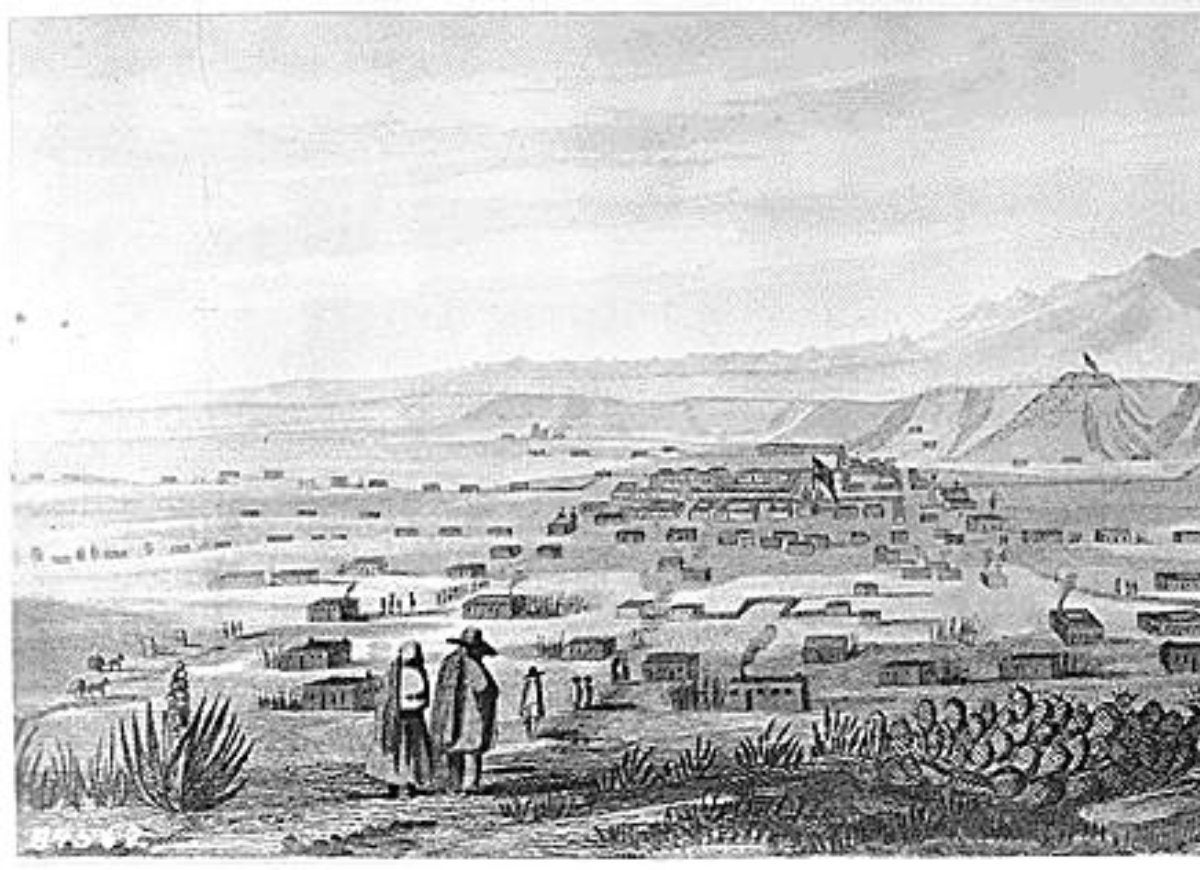
Nestled in the foothills of the Sangre de Cristo Mountains, Santa Fe was originally colonized by Spanish settlers in 1607. The United States gained possession through the Treaty of Guadalupe Hidalgo in 1848, and the desert city now serves as the capital of New Mexico.
Santa Fe, New Mexico (Now)
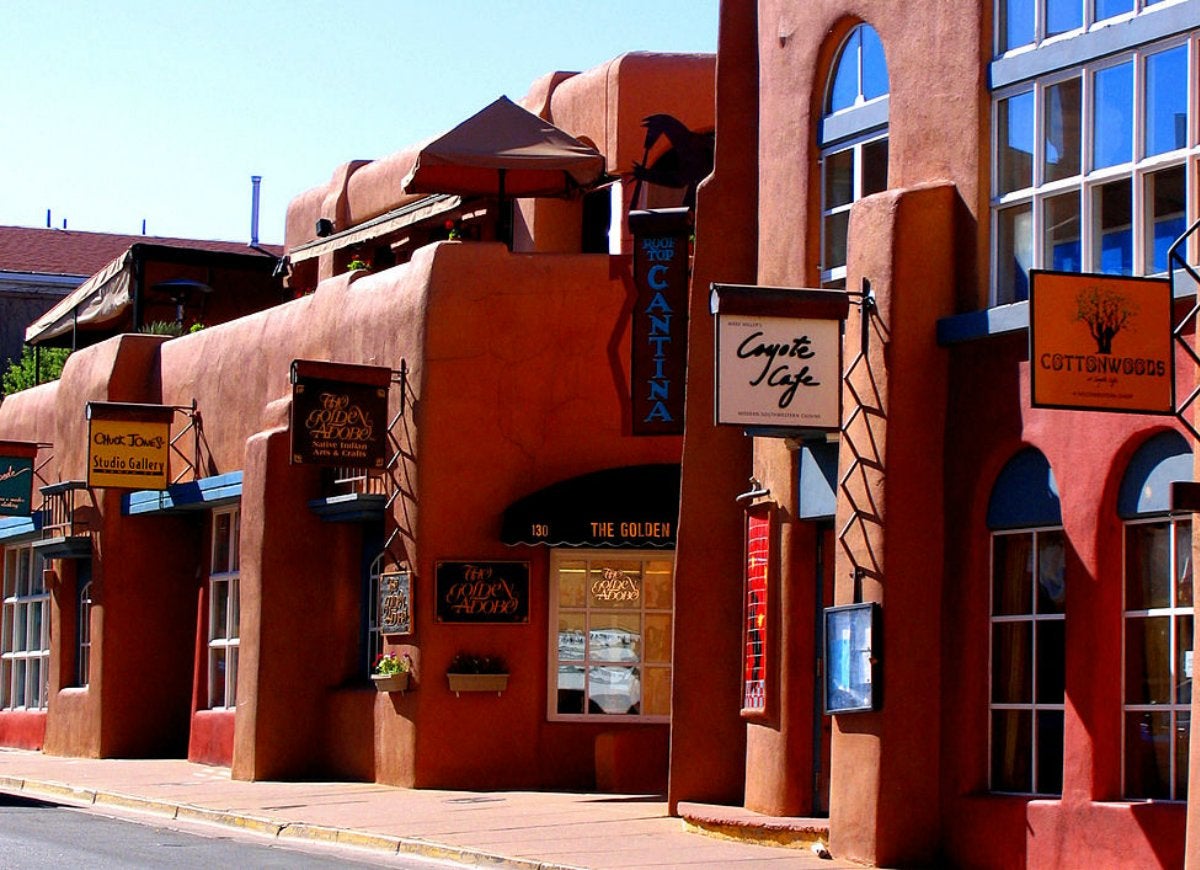
Santa Fe remains famous for its Pueblo-style architecture, which is showcased in the San Miguel Mission and the entire Barrio de Analco Historic District. The area’s natural beauty has long attracted artists of all stripes, making it a multicultural creative hotbed.
Albany, New York (Then)
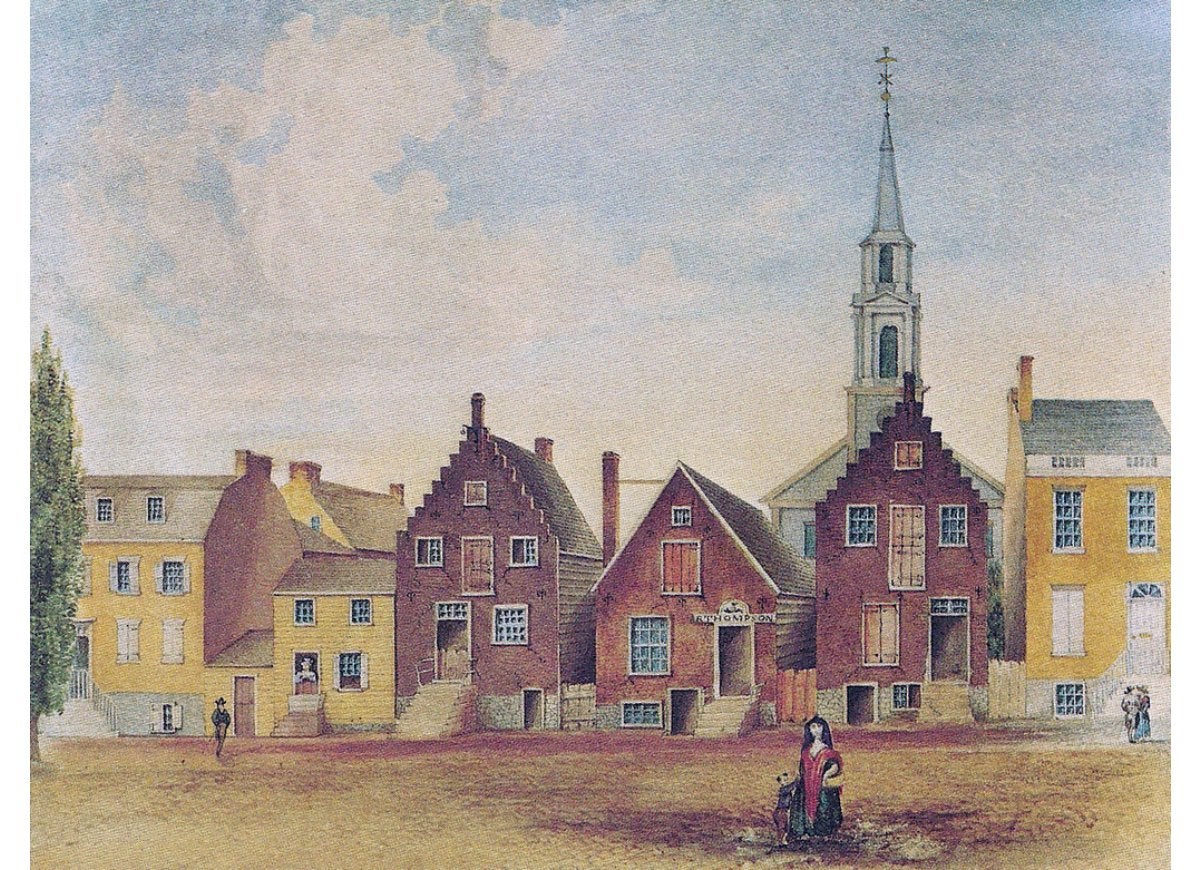
While exploring for the Dutch in 1609, Englishman Henry Hudson claimed a patch of land in present-day New York for the Netherlands. Five years later, Albany was founded on the western bank of the Hudson River. The old-time
city became the state capital of New York in 1797.
Related: 18 American Towns Every Old-House Lover Needs to See
Albany, New York (now)
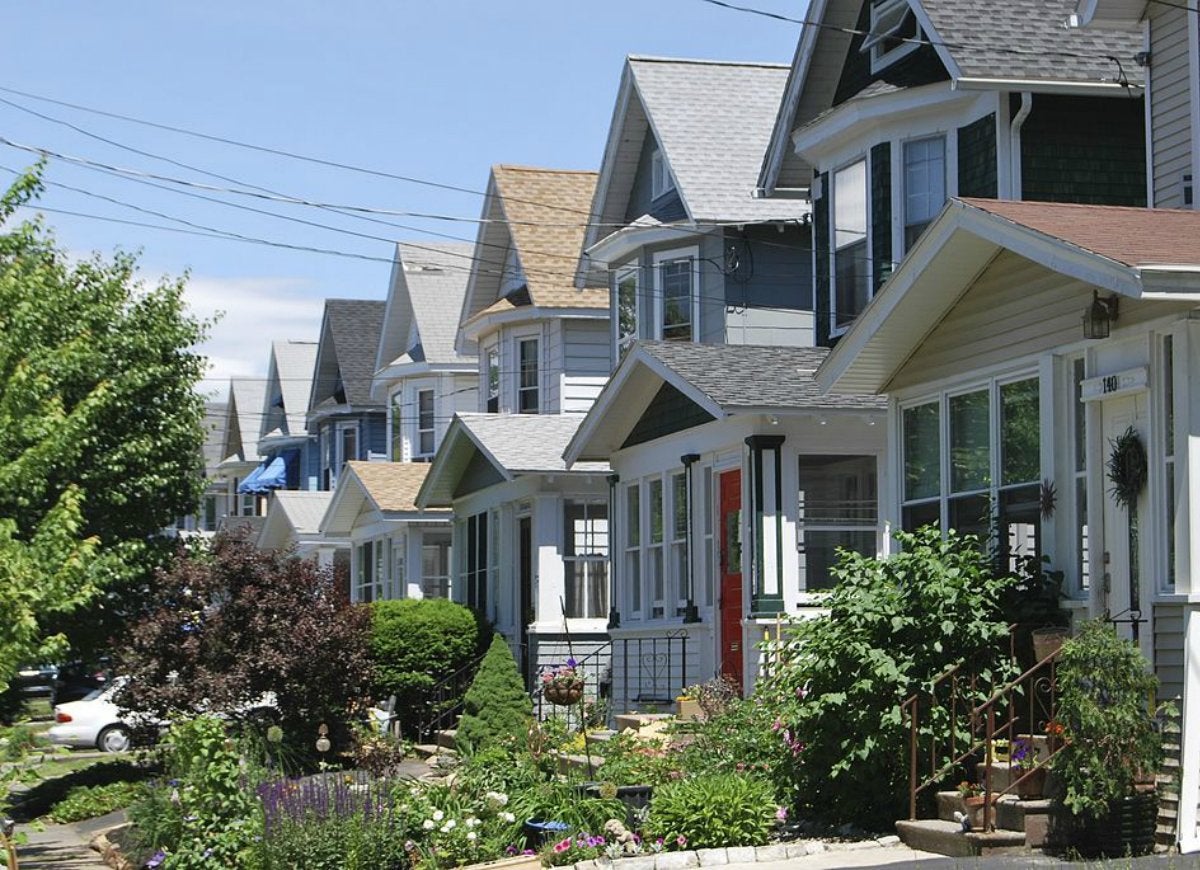
Located about 150 miles from New York City, Albany thrived as a business and industrial center until falling into decline in the second half of the 20th century. In the 1990s, a $234 million building and renovation project brought new vitality to the city. Visitors today will find a mix of old and new architecture as well as numerous public parks, museums, and historic sites like the Quackenbush House, a Dutch Colonial mansion built in 1736.
Sault Ste. Marie, Michigan (Then)
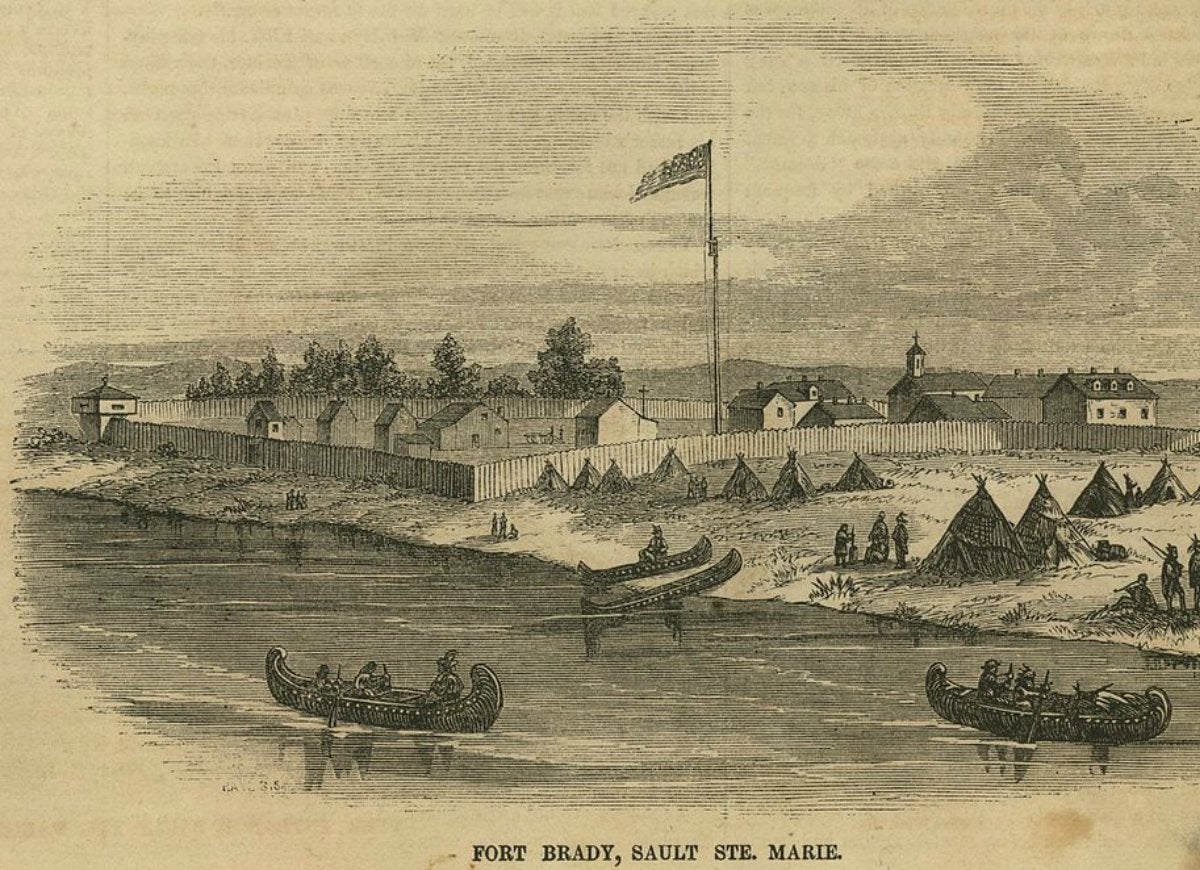
Native Americans established a fishing and trading center in what is now Michigan’s Upper Peninsula more than 12,000 years ago. Then, in 1668, French Jesuit priest Jacques Marquette traveled to the area and named it Sault Ste. Marie. Located along the Saint Mary’s River, the isolated city became the first European settlement in the Midwest.
Sault Ste. Marie, Michigan (Now)
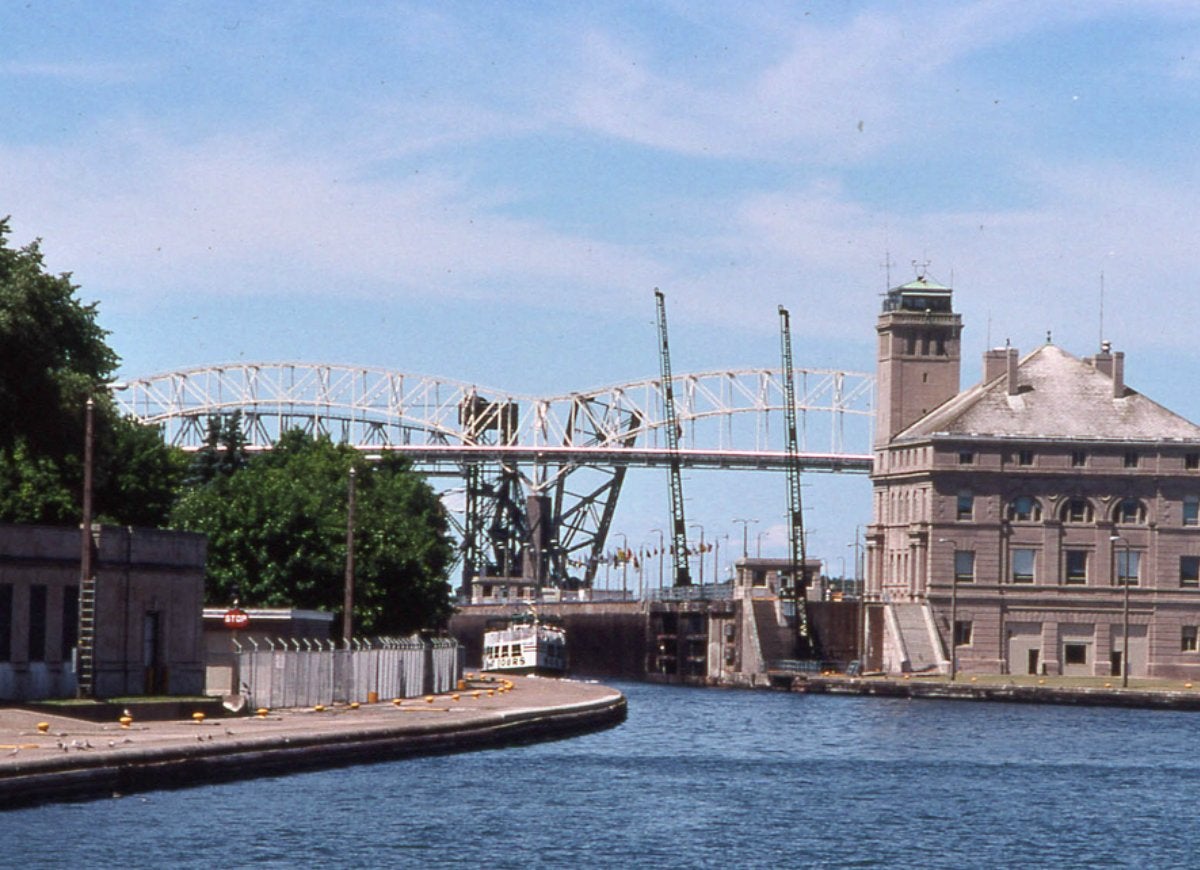
Today, the population of Sault Ste. Marie hovers around 14,000 people. The small city borders Canada and serves as the county seat of Michigan’s Chippewa County. Sault Ste. Marie also houses the Soo Locks, a set of parallel locks that connect Lake Superior to the lower Great Lakes. About 10,000 ships pass through each year, and visitors can watch from the scenic public park built alongside the locks.
Detroit, Michigan (Then)
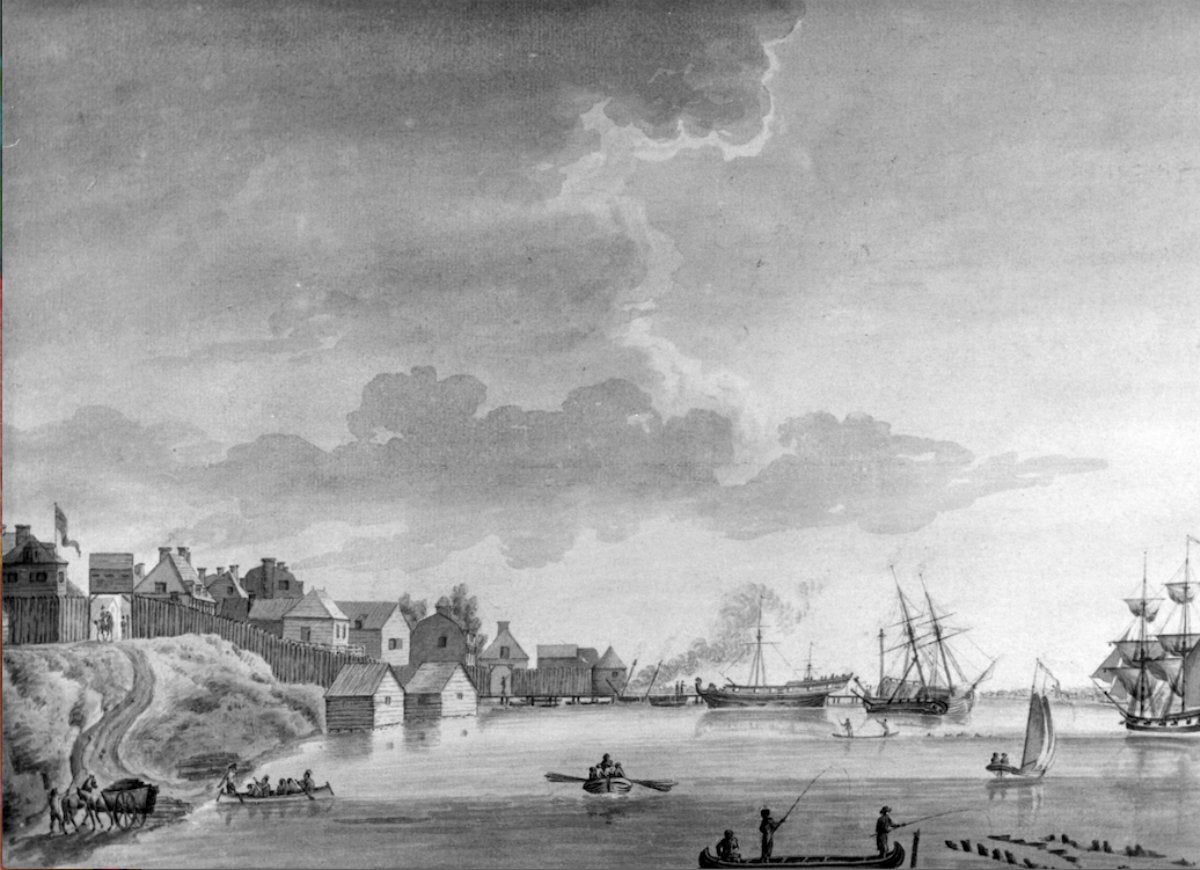
In 1701, Frenchman Antoine de la Mothe Cadillac founded a settlement in what is now southeastern Michigan that came to flourish in the fur trade. But it was Henry Ford’s 1903 automobile factory that really put Motor City on the map. By the middle of the 20th century, Detroit reigned as the fourth-largest city in the country.
Detroit, Michigan (Now)
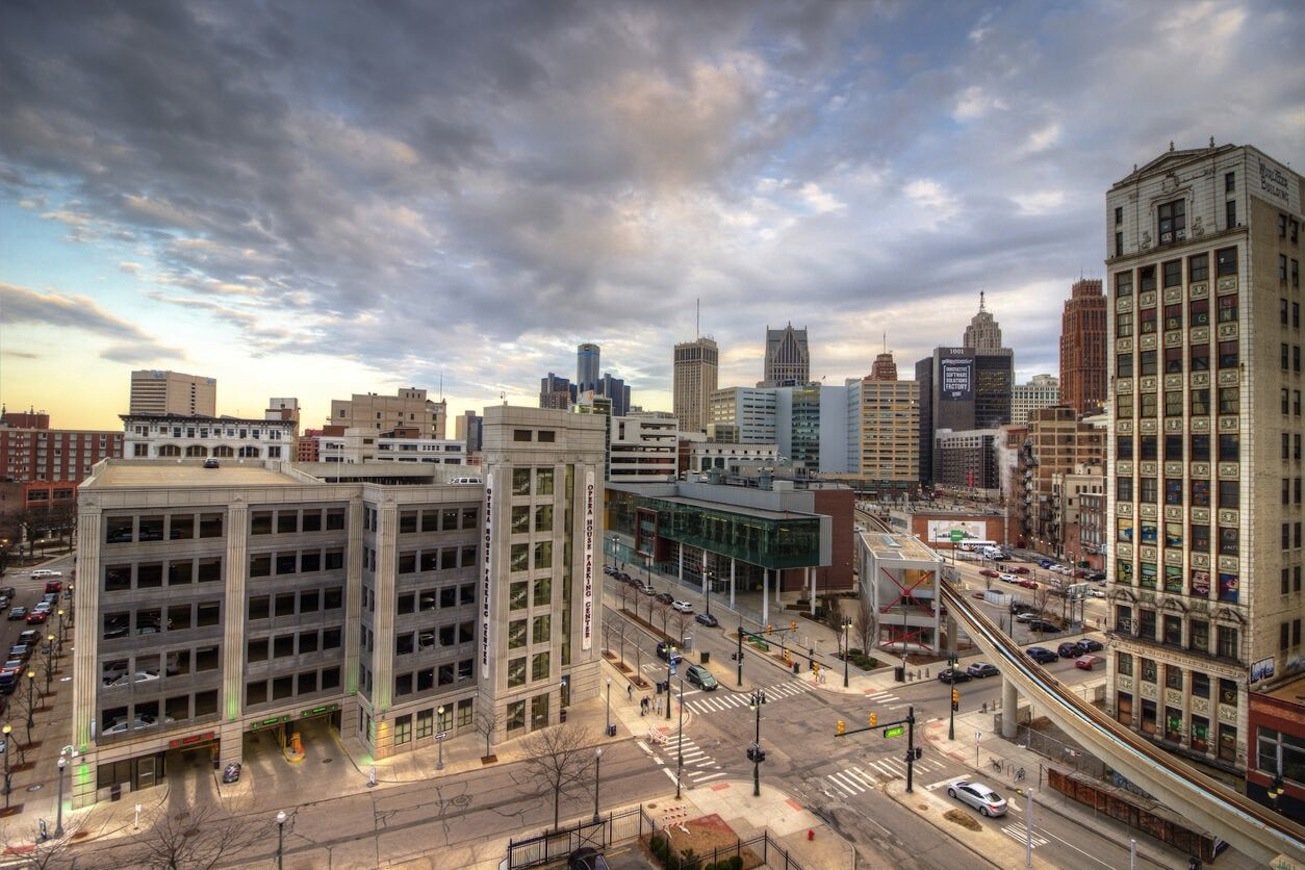
Despite Detroit’s prosperous beginnings, the city fell into steep, steady decline in the second half of the 20th century and declared bankruptcy in 2013. Detroit is now, however, experiencing an upswing, thanks to initiatives that renovated landmark buildings like Michigan Central Station, Art Deco high rises, theaters, and hotels as well as residential neighborhoods.
San Diego, California (Then)
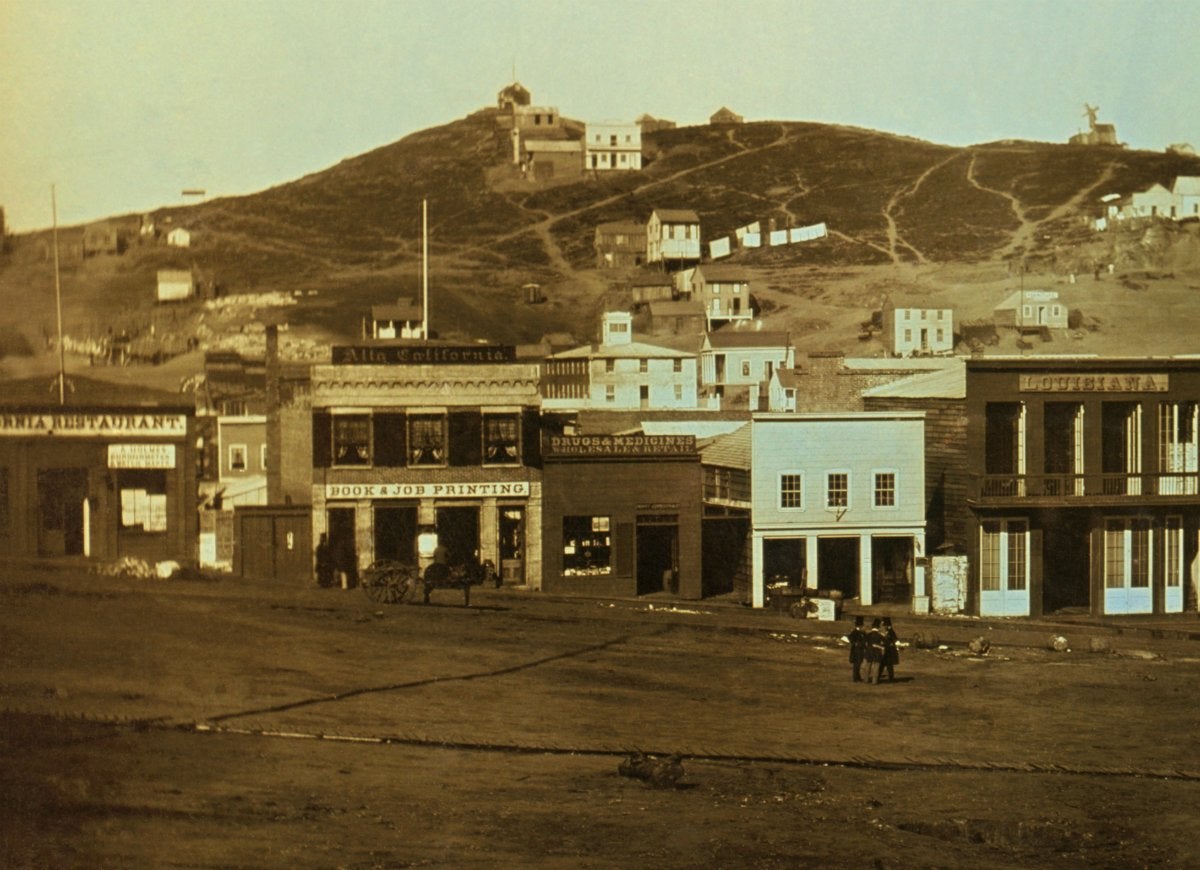
Though the Spanish staked claim to San Diego in 1542, it would be another 200 years before Europeans settled the historic waterfront city. The glorious Southern California climate and deep harbor have made San Diego particularly attractive, not only to the families who have flocked there, but also to the shipping industry and the U.S. military.
Related: What 11 Ordinary People Paid to Live in Your Favorite Movie Homes
San Diego, California (Now)
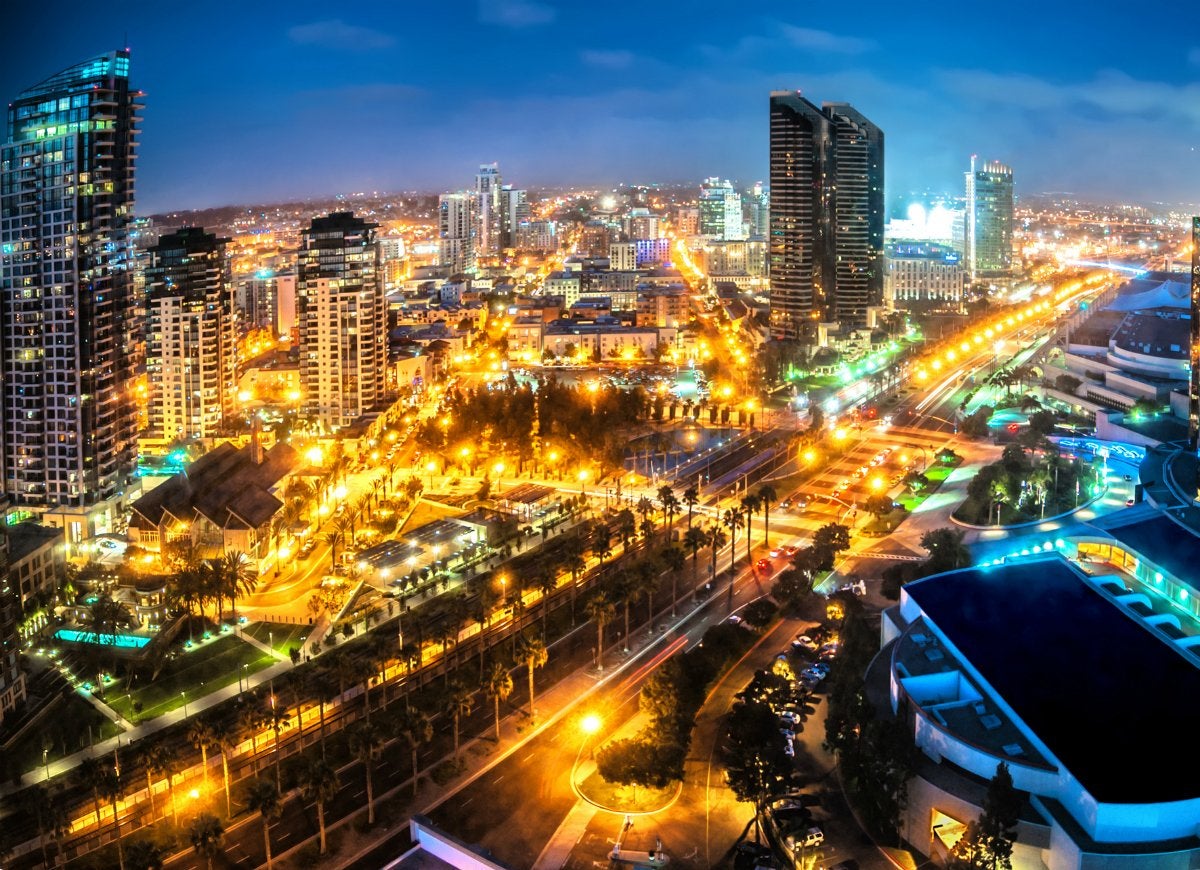
The population of San Diego boomed after World War II, and now the city houses 1.3 million people. Visitors flock to San Diego’s beaches, parks, and entertainment venues in droves, and they admire the area’s Victorian, Craftsman, Spanish, and midcentury modern architecture.
Salem, Massachusetts (Then)
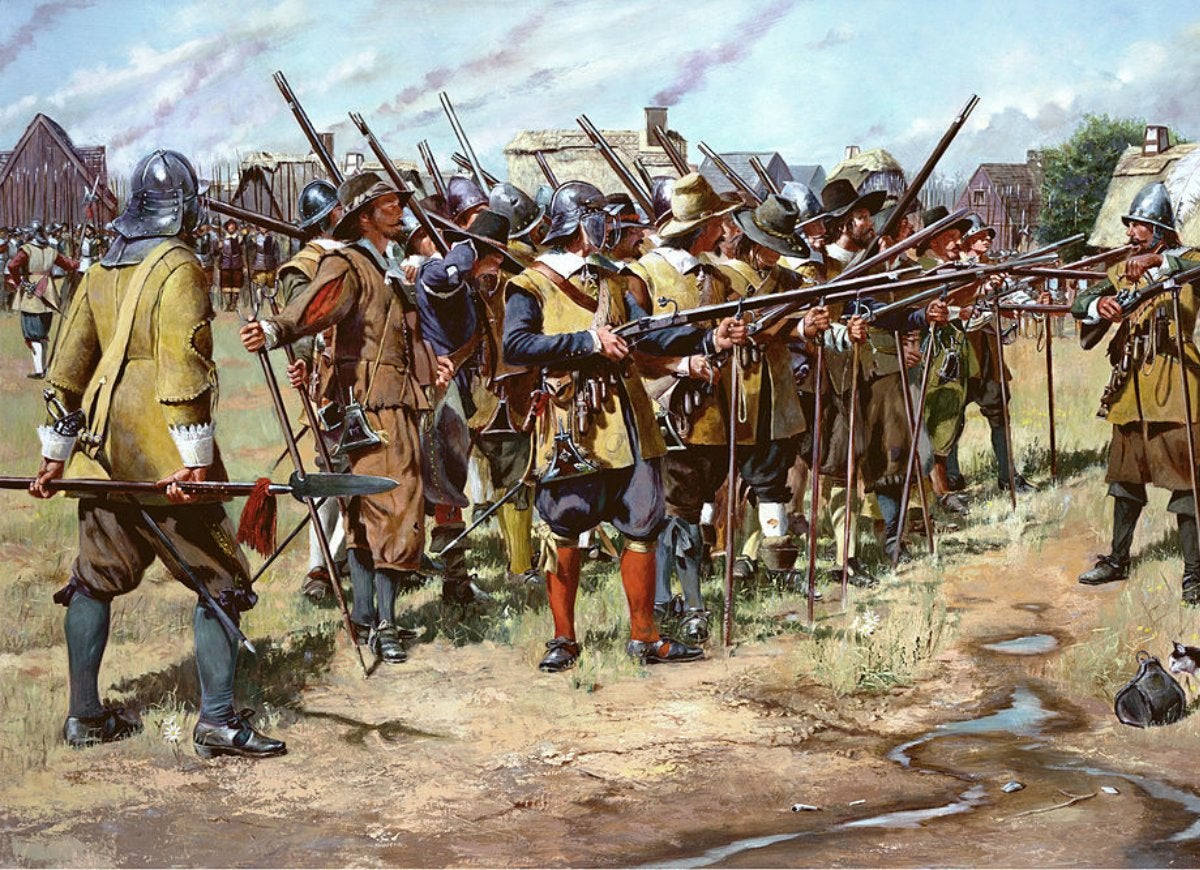
This coastal New England region, first settled by fishermen in 1626, became one of early America’s most significant seaports. But today the old town is best known as the site of the infamous witchcraft trials of 1692 to 1693, in which 20 people were sentenced to death.
Related: 8 of the Great Independent American Hardware Stores
Salem, Massachusetts (Now)
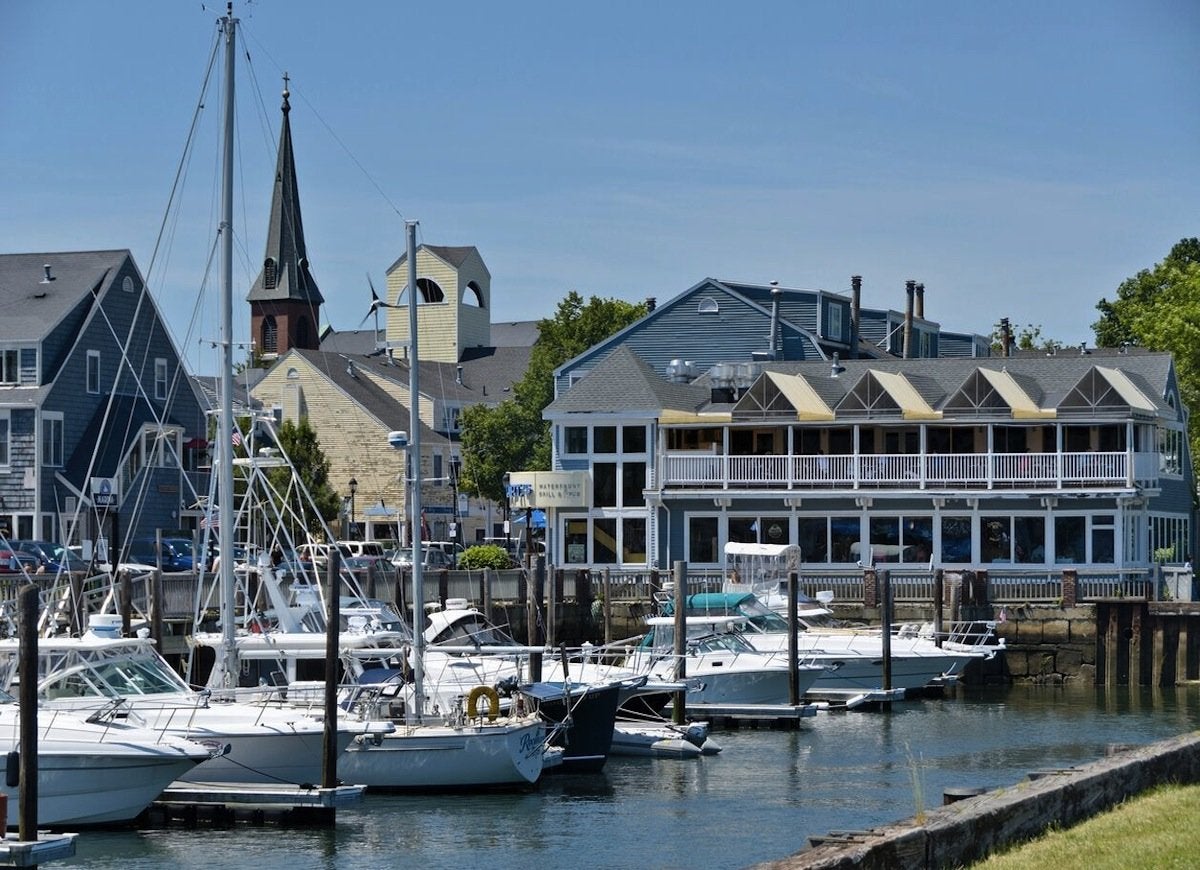
While Salem tourism still revolves around the history of the witchcraft trials, visitors also appreciate the Federalist-style architecture of the Chestnut Street district. The 2000s ushered in a multimillion-dollar redevelopment program to boost the waterfront, which now features a high-speed catamaran ferry to Boston.
San Antonio, Texas (Then)
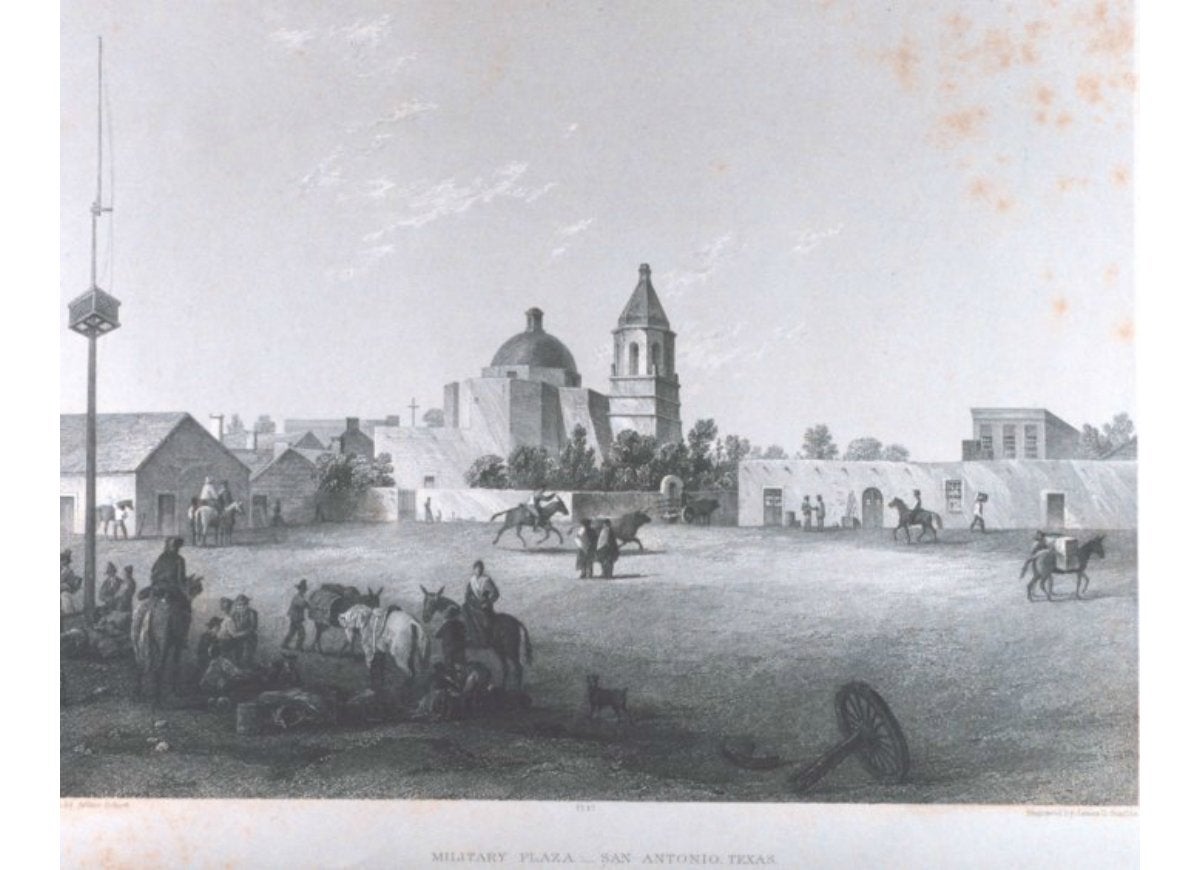
On June 13, 1691, Spanish missionaries named an area of south-central Texas for St. Anthony of Padua, a Portuguese Catholic priest and friar. San Antonio was officially settled 25 years later. Then, in 1836, Mexican troops initiated a 13-day siege at the Alamo Mission, and the settlers were brutally slaughtered. While San Antonio was further decimated by the Mexican-American War, it rebounded as the center of the cattle industry after the Civil War.
Related: Island Living: 20 Tropical B&Bs That Are Only an Airplane Away
San Antonio, Texas (Now)
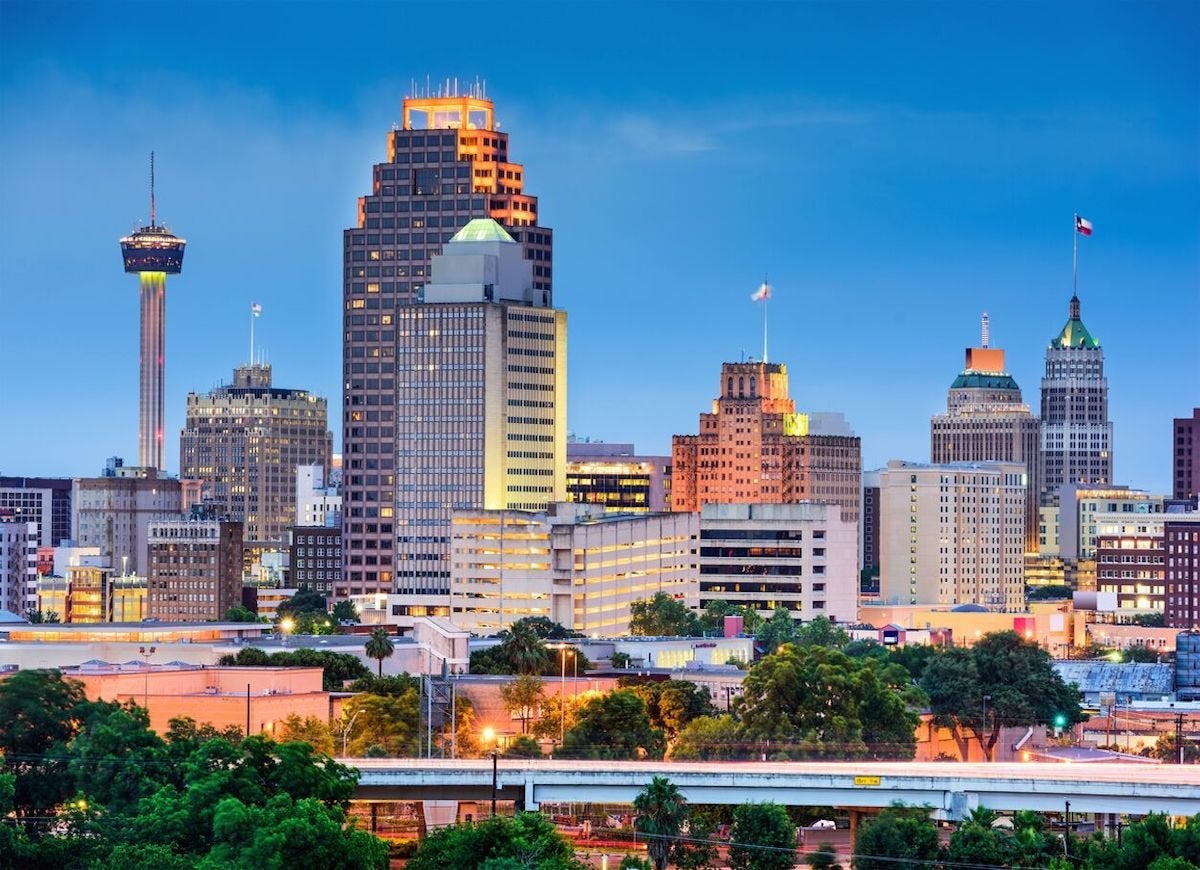
With a population of around 1.3 million people, San Antonio is now the second-largest city in Texas. Visitors flock to the Alamo historic site and the popular River Walk, which is lined with bars, shops, restaurants, and public art.
Charleston, South Carolina (Then)
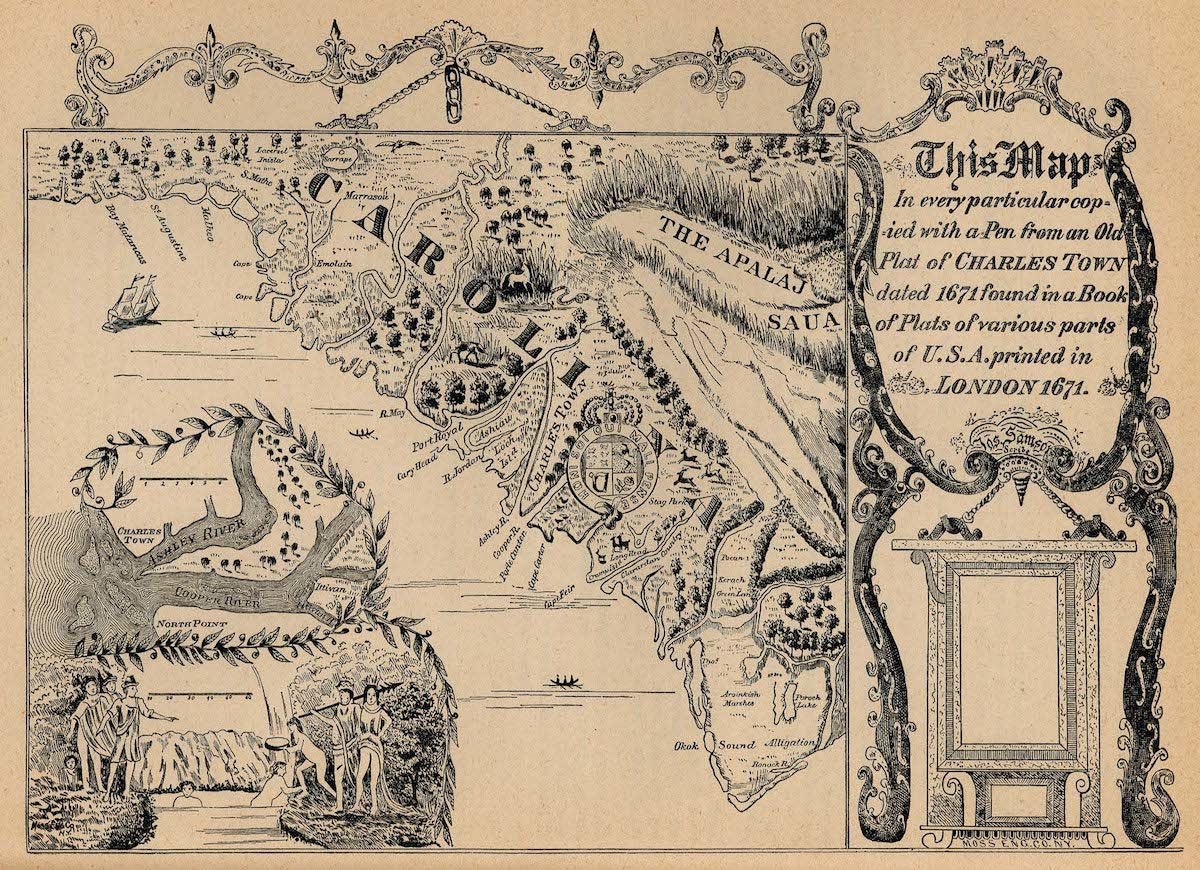
Originally named Charles Town for England’s King Charles II, Charleston adopted its current moniker after the American Revolution. The first shots of the Civil War rang out at Fort Sumter in Charleston, but despite the ravages of war—not to mention a massive earthquake in 1886—the city still abounds with elegant antebellum houses.
Related: The Best Tiny Homes of 2016
Charleston, South Carolina (Now)
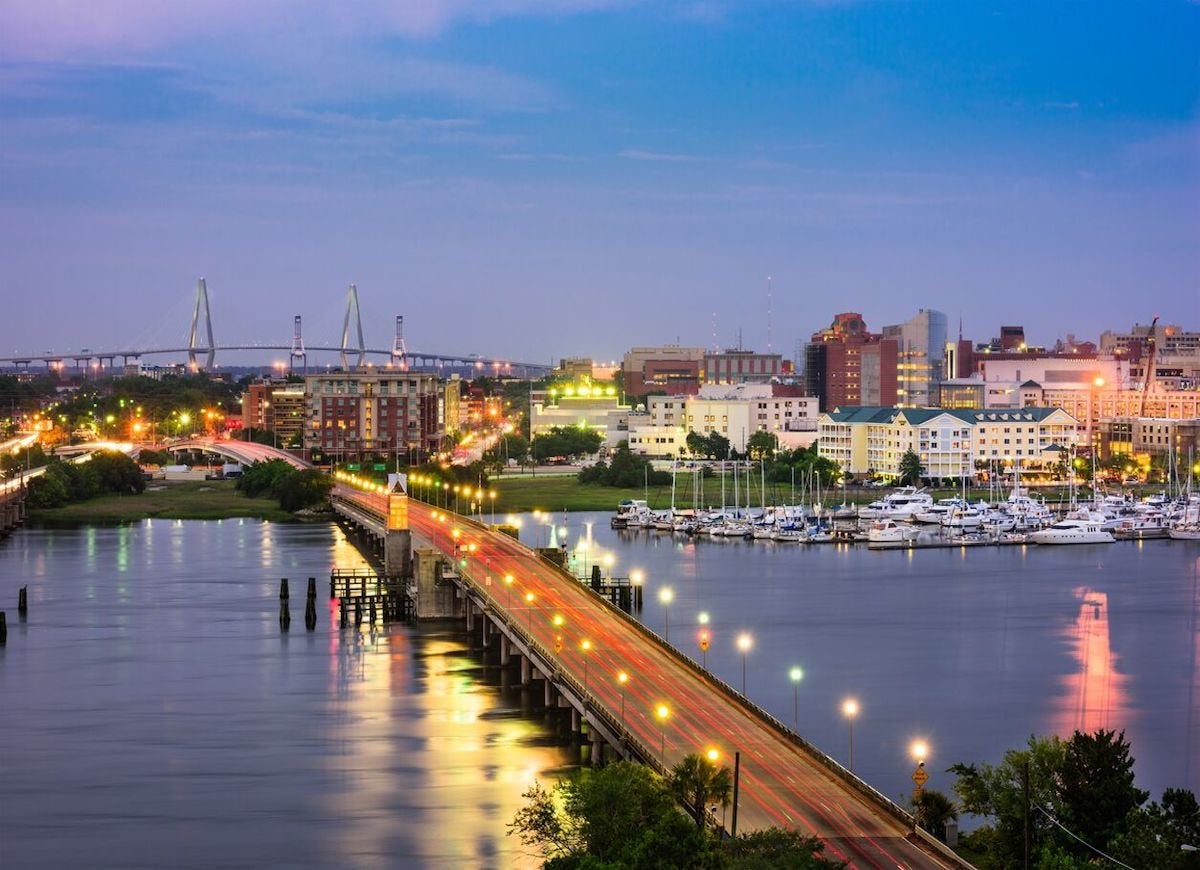
Today, cruise ships come and go from the Port of Charleston, and a harbor-deepening project is underway to advance business. Charleston’s downtown neighborhoods display a spectrum of classic Georgian, Federal, Greek Revival, Italianate, and Victorian homes. Thanks to the region’s noted Southern hospitality, Charleston was recognized as the friendliest city in the United States by Condé Nast Traveler for several years running.
Newport, Rhode Island (Then)
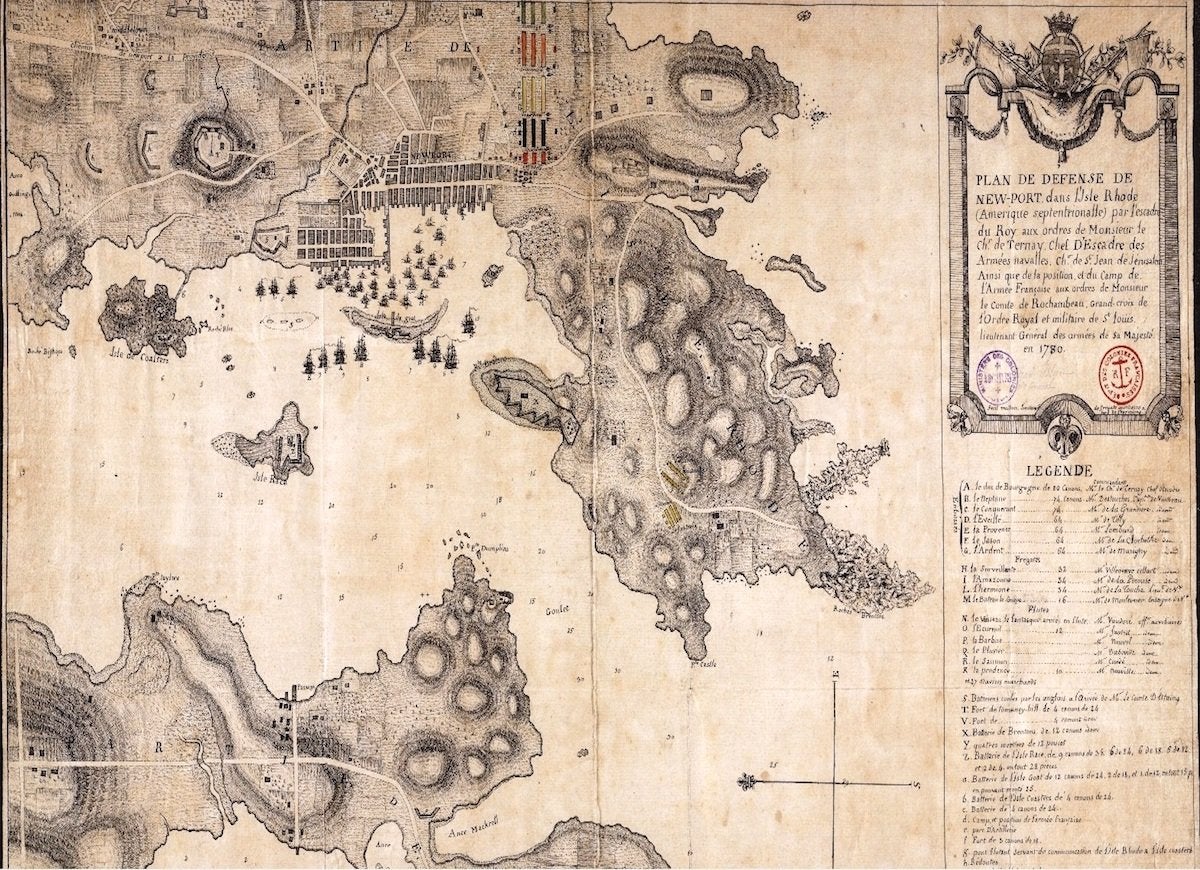
Settled by a group of former Puritans, the harbor city of Newport became the center of the whaling industry by the mid-18th century. One hundred years later, America’s wealthiest families began building summer homes there. But while the rich came to Newport to escape the heat, the U.S. Navy was, and continues to be, a full-time presence, although the closing of a naval base in 1973 caused the local economy to plummet.
Related: 16 Weirdly Awesome Summer Vacation Rentals on Airbnb
Newport, Rhode Island (Now)

Recent years have seen the construction of new malls, condos, and upscale hotels in downtown Newport. The town’s lovely beaches, mansions turned museums (including an Italian Renaissance home of the Vanderbilts and a Gothic Revival masterpiece called Kingscote), and events like the Newport Jazz Festival make it an ever-popular vacation destination.
